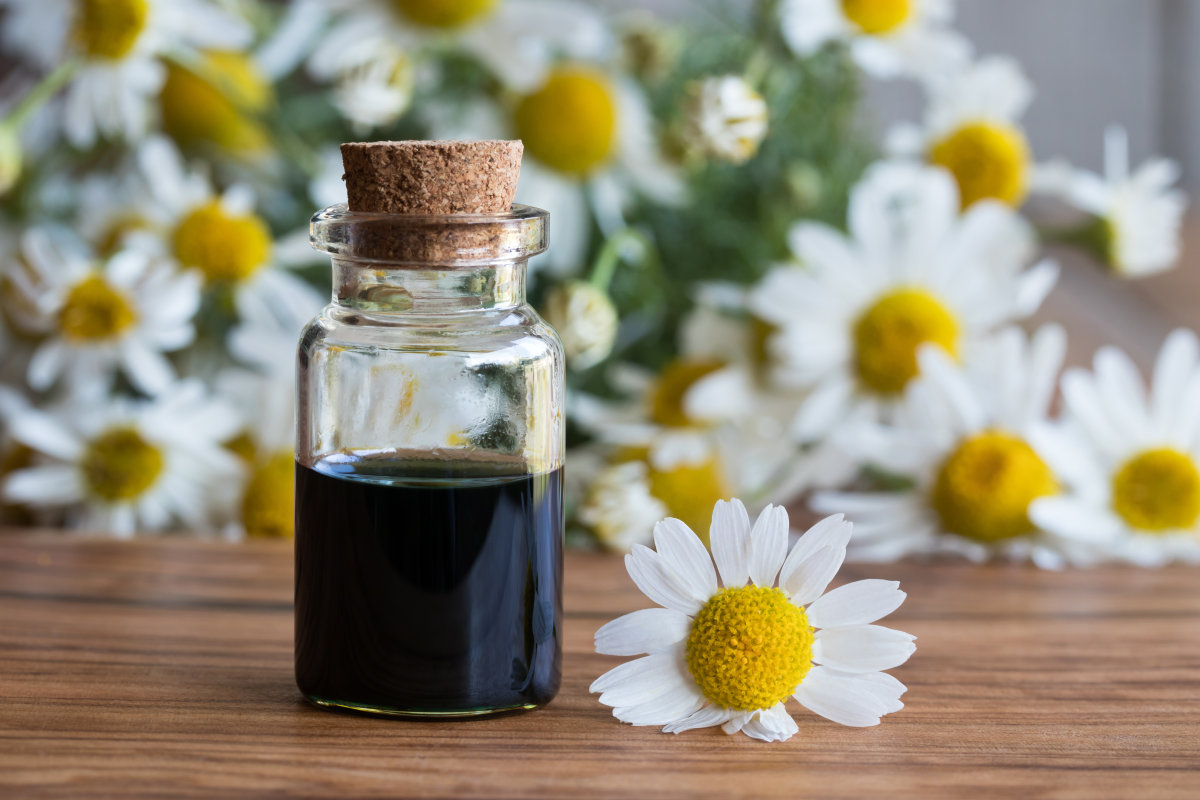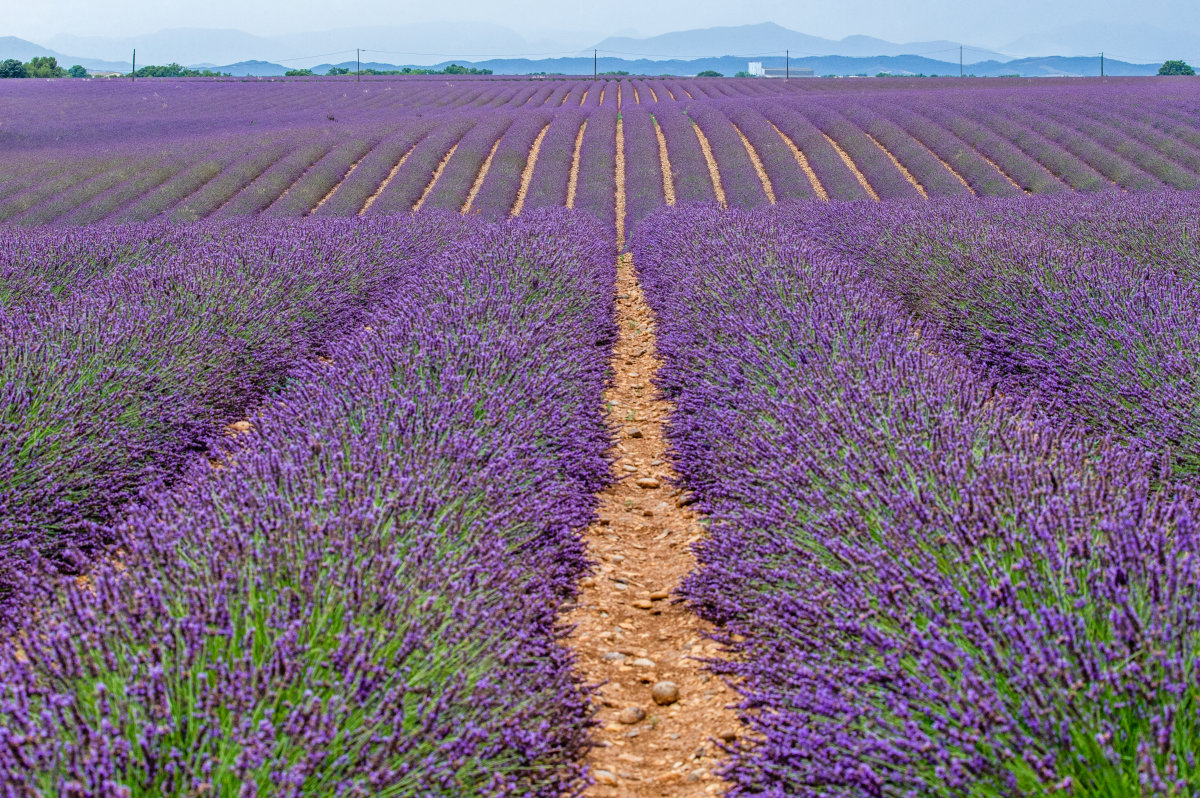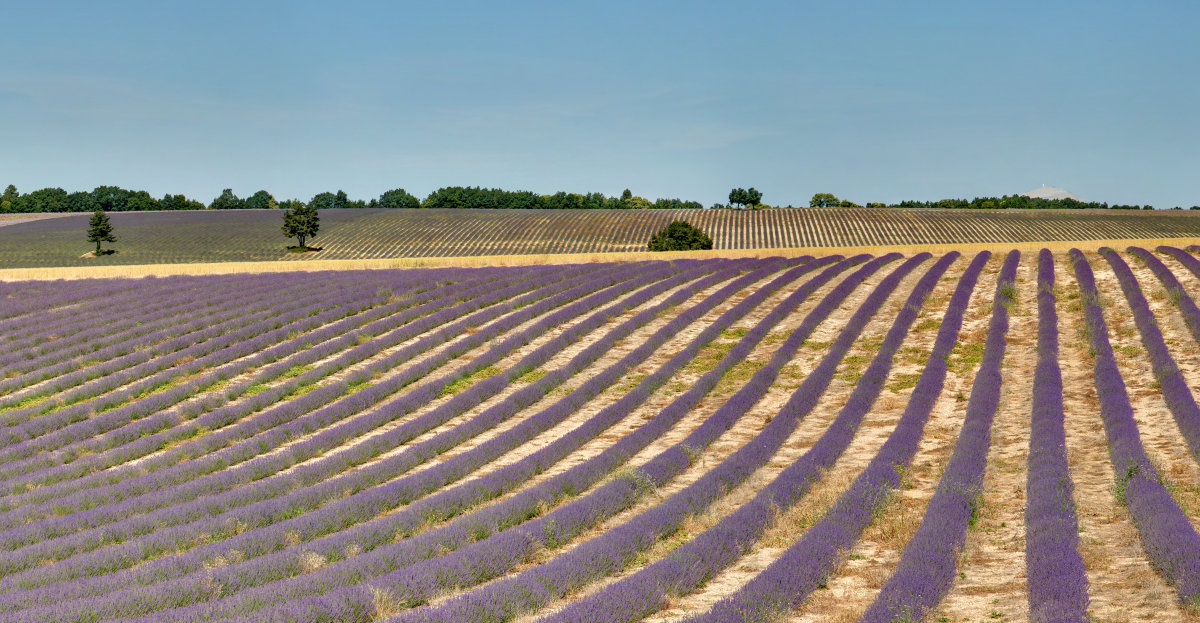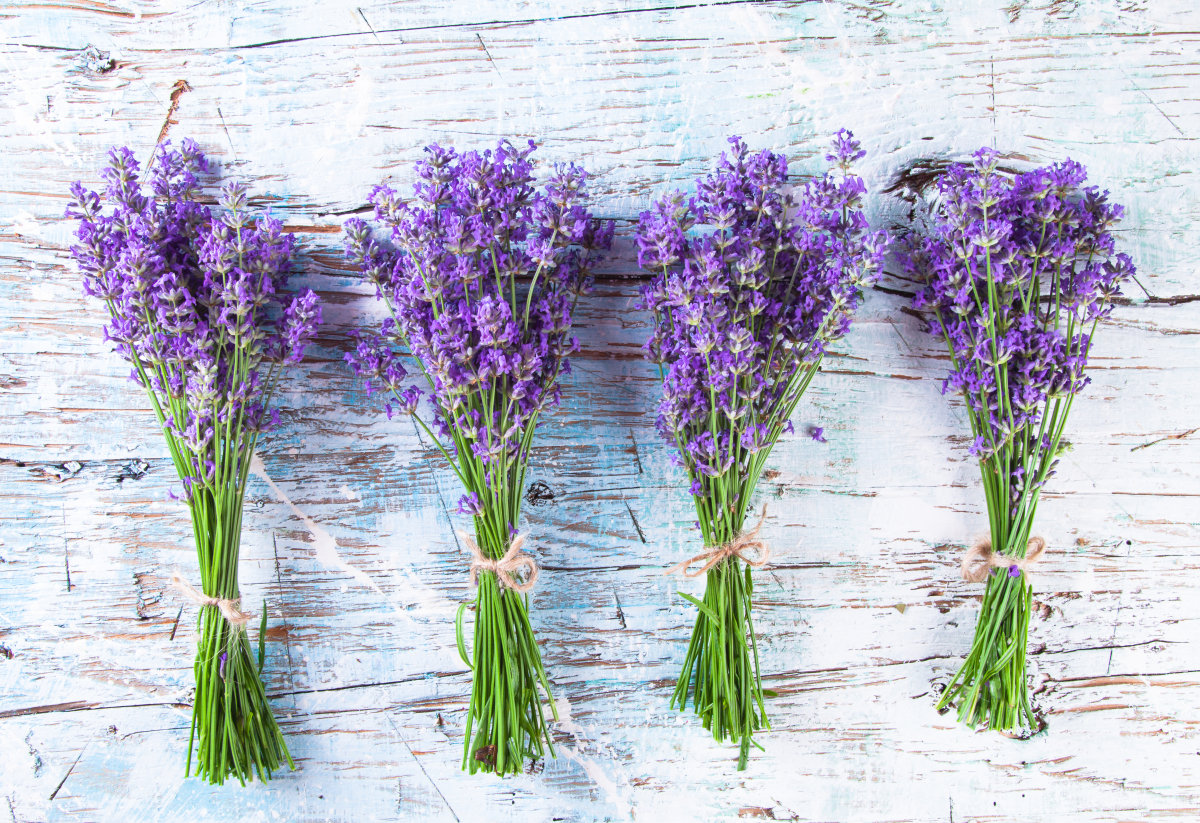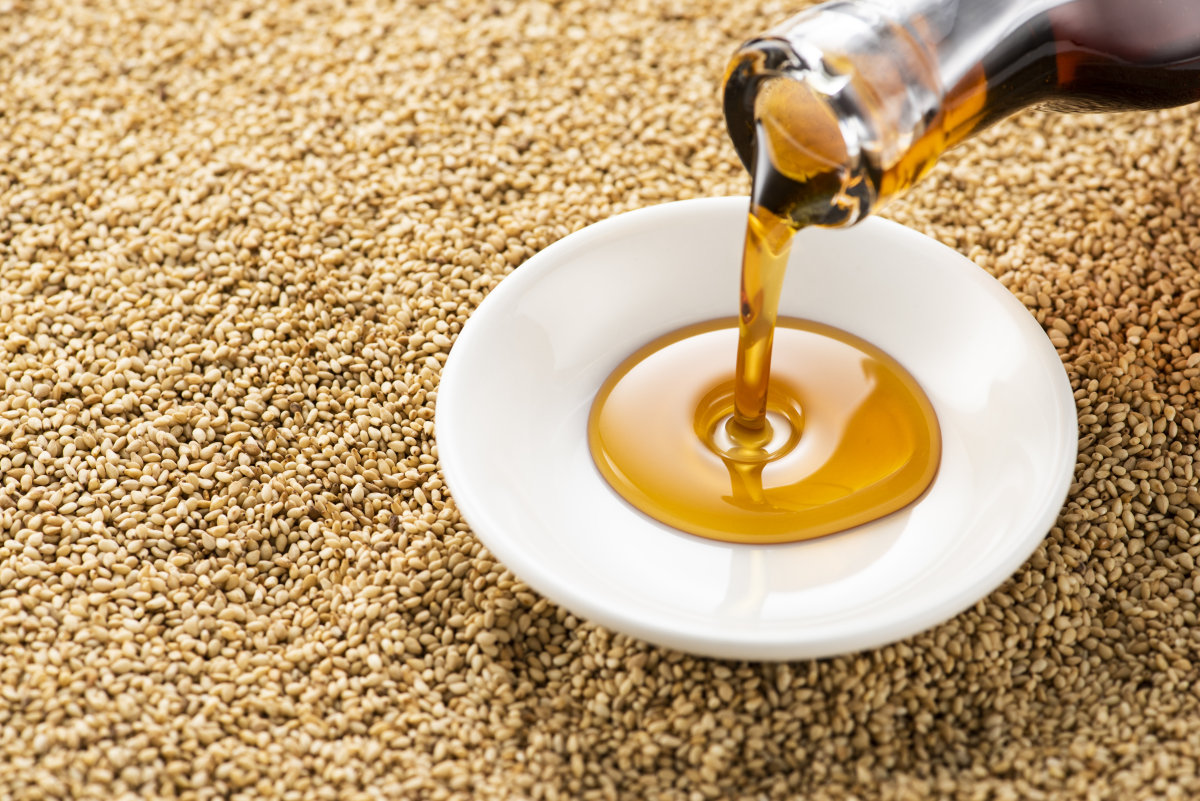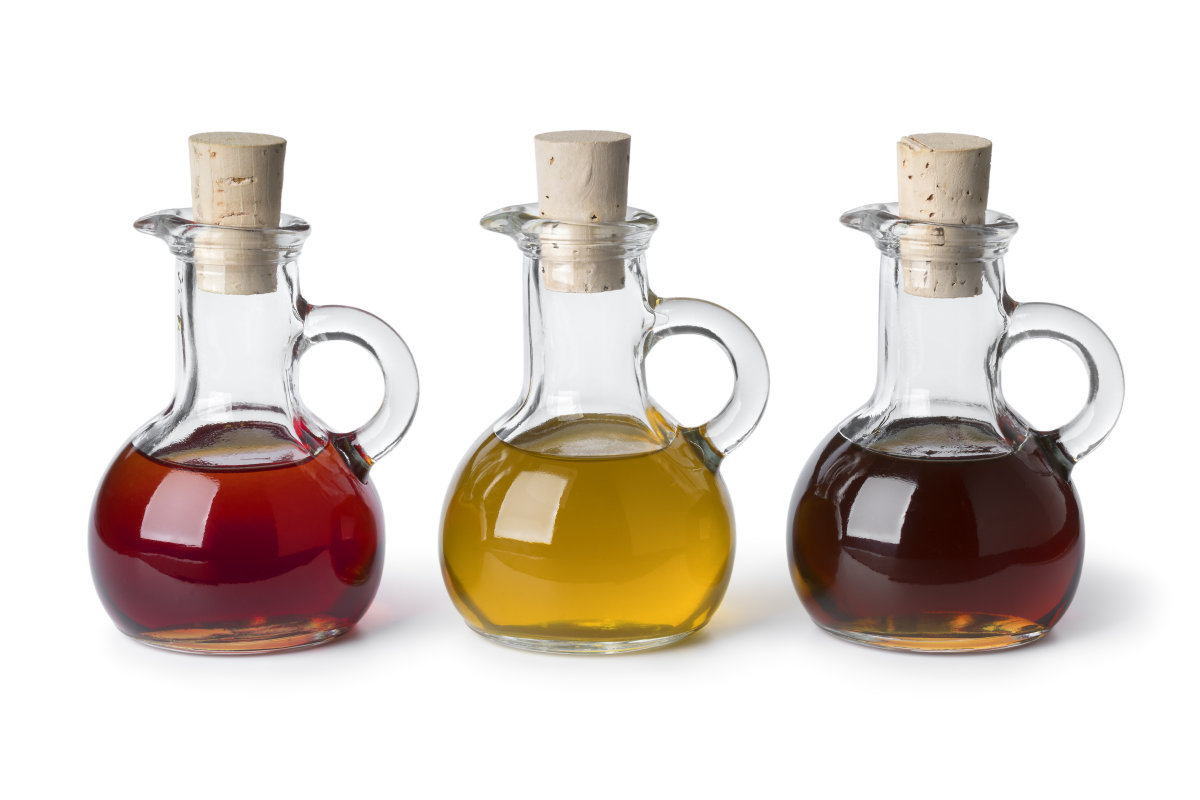Name: Chamomile Oil CAS NO.:8015-92-7 Product Type: Essential Oils Appearance and Odor: Light blue to light greenish-blue liquid, with the characteristic aroma of flowers. Package Specification: 180KG galvanized steel drum. Main Ingredients: Pine Terpene, Camphene, Laurethrene, Eucalyptus Brain, Terpine Terpene, Carthamene and so on. Product Preparation: Steam distillation of chamomile flowers to obtain essential oil. Package and Storage: Store in a cool and dry place, sealed. Product Form: Oil soluble fragrance. Chamomile essential oil is extracted from anthemis nobilis, chamaemelum…
Introduction to Chamomile Oil Effects
